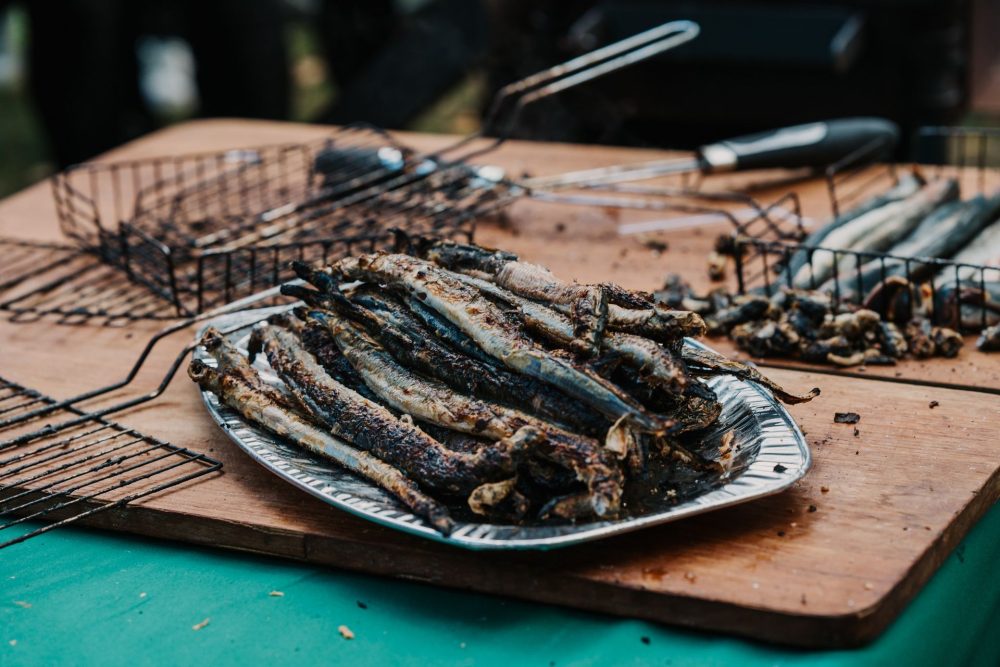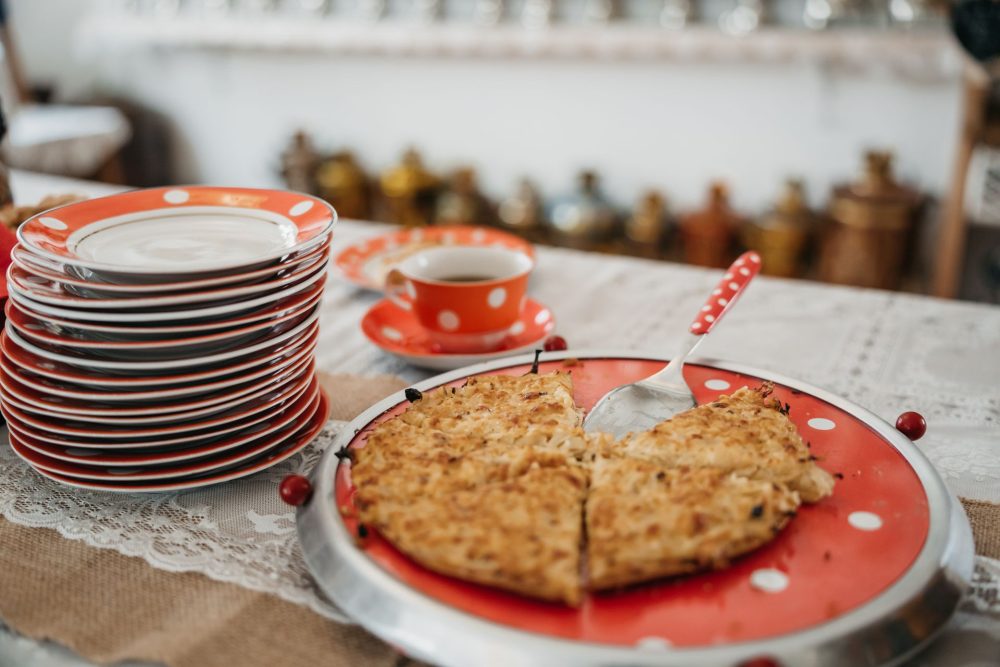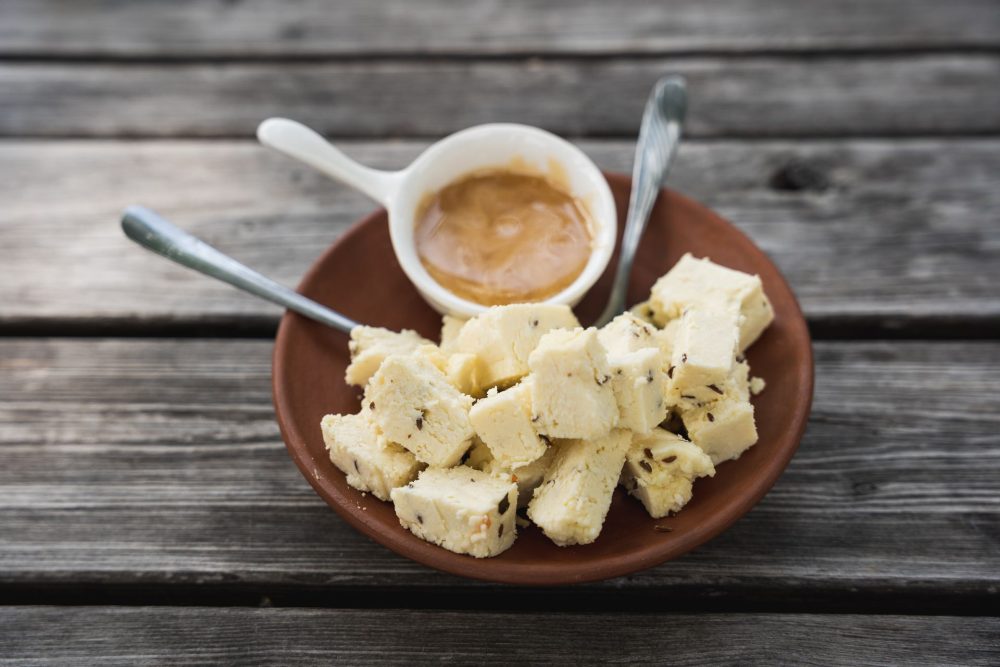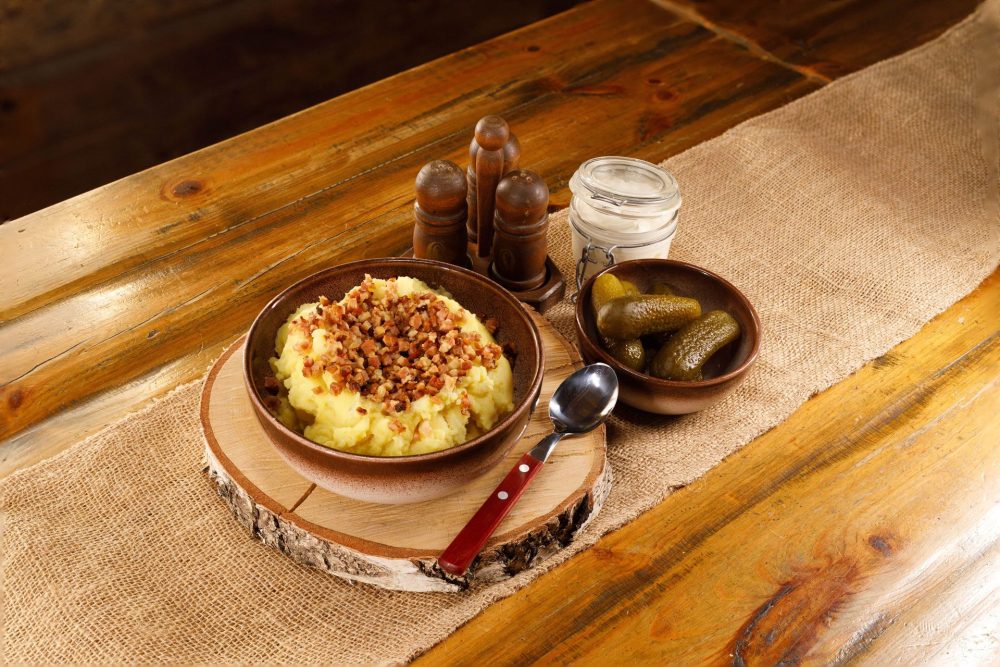Four traditional foods to try
Estonia’s fascination with sour cream is an open secret. A trip around the country reveals a more complex culinary heritage, however. Each region is known for a different dish that has been passed down for generations.
Here are four foods to try as you travel around Estonia:
1. Lamprey
Start your culinary road trip in Ida-Viru County, in the coastal resort town of Narva-Jõesuu. Every September, this town celebrates a primitive jawless fish: the lamprey. Despite their snakelike body, these fish have been eaten in Estonia since ancient times, though now they are considered rare, and fishermen must comply with a yearly quota.
The annual Lamprey Festival gives visitors a chance to try this fish, plucked fresh from the Narva River. Two of the most popular ways to eat lamprey are chargrilled over an open fire or pickled in vinegar. These aren’t the only ways to eat them, though; the head chef of Franzia in Narva-Jõesuu has published a cookbook with 24 different lamprey recipes.

2. Onion pie
From Ida-Viru County travel south along the coast of Lake Peipsi. Follow the aptly named Onion Route to the next regional delicacy: onion pie. Old Believers arrived in the area nearly four hundred years ago after facing persecution in Russia. Those who settled on the shores of Lake Peipsi dedicated themselves to fishing and cultivating onions, one of the few crops that would thrive in the poor soil.
Combine these onions with a flaky pastry crust, butter and sour cream, though, and you’re in for a treat. Try this mouthwatering pie at the Samovar House in Varnja! Add a cup of hot tea from an antique samovar, and you have the perfect afternoon snack.

3. Sõir
Head further south to Setomaa, where the Seto people have managed to preserve their unique language and culture despite being surrounded by political unrest and fluctuating borders for centuries.
Visit during Kostipäiv (Seto Café Day), and you’ll have a chance to try regional foods made by local home cooks. One dish you’ll be sure to find on multiple menus is sõir. Often referred to as a type of cheese, it is actually made by boiling kohupiim (quark) with milk and eggs. It’s typically seasoned with caraway seeds and served with jam. Learn how to make sõir and other Seto foods at a local cooking class!

4. Mulgi puder
From Setomaa, travel northwest to the area known as Mulgimaa. Historically home to successful flax farmers, the region’s current claim to fame is the addition of their iconic mulgi puder to the UNESCO List of Intangible Cultural Heritage in 2024.
Mulgi puder reflects the agricultural roots of the region: it’s a thick stew of potatoes, barley, and pork that fueled farmworkers who labored long hours in the fields. While you can find a canned version at the supermarket, take a cooking workshop and learn how to make it yourself.
Regardless of where you go in Estonia and what you eat, make sure to wish your fellow diners Head isu — it’s Estonian for bon appétit!
